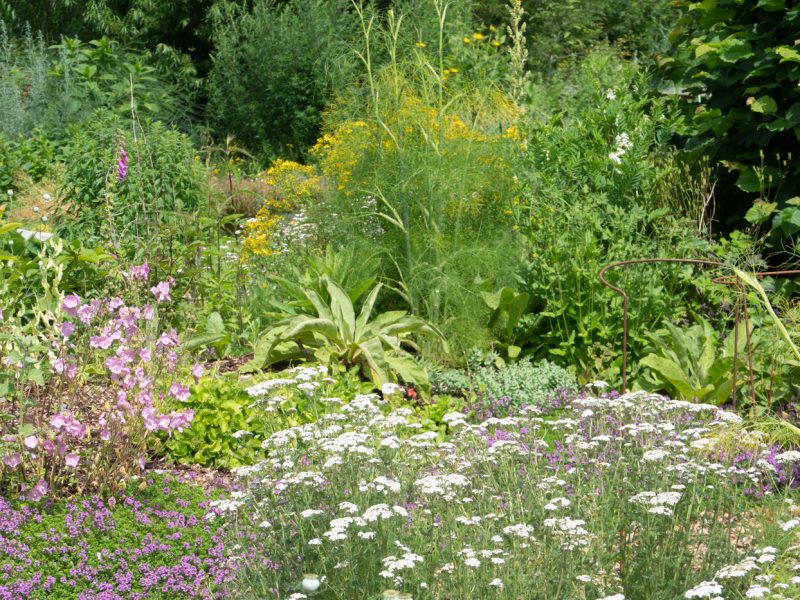Description
Known as ‘electric daisy’ and ‘buzz buttons’ for good reason – (carefully) nibble on a flower to find out why!
Electric daisy lives up to its various electrifying names due to its tingle-creating isobutalymide alkamide content. These are also found in Echinacea species and lead to their similar use for inflammation and immunity.
The species we grow is believed to have originated in Brazil (nobody is 100% sure), but nowadays can be found in many parts the world. Considered a perennial in warm climates, it struggles to survive the UK winter so should be treated as an annual. It normally does fine outdoors so long as you wait until all frosts have passed before you plant it out. And it always does very well in a greenhouse or polytunnel. It requires a rich, moist soil and plenty of sunshine to supercharge its vibrant yellow and red flowers.


















Reviews
There are no reviews yet.